Table of Contents
E-commerce personalization is essential for online retailers facing fierce competition. With numerous options available to consumers, standing out is crucial. This practice involves tailoring online shopping experiences to individual customers by delivering relevant content, product recommendations and offers based on their preferences, behaviour, and demographics. The aim is to enhance customer satisfaction, engagement, and conversion rates by providing a more personalized experience.
Customers who feel they are being treated as individuals are more likely to engage with your brand and make a purchase. In fact, according to a study by Epsilon, personalized emails have an open rate of 29% higher than non-personalized emails. Another study found that 80% of consumers are more likely to purchase a brand that offers personalized experiences. By implementing e-commerce personalization, you can create a more engaging and satisfying customer experience, increasing conversions and sales.

Understanding E-Commerce Personalization
Personalization is a crucial aspect of e-commerce that enables retailers to tailor their offerings to individual customers. By personalizing the shopping experience, retailers can increase customer satisfaction, engagement, and loyalty. In this section, you will learn about the role of data in personalization, the types of e-commerce personalization, and the benefits of personalization for retailers.
The Role of Data in Personalization
Data is the foundation of e-commerce personalization. Retailers collect and analyze customer data to understand their preferences, behaviour, and demographics. This data includes browsing history, purchase history, search queries, and other interactions with the website or app. By using this data, retailers can create a complete picture of the customer and tailor their offerings accordingly.
Types of E-Commerce Personalization
There are several types of e-commerce personalization, including product recommendations, personalized content, and personalized pricing. Product recommendations involve suggesting products relevant to customers’ interests based on browsing and purchasing history. Personalized content involves tailoring the website or app content to the customer’s preferences, such as showing them articles or blog posts relevant to their interests. Personalized pricing involves offering customers discounts or promotions based on their behaviour or demographics.
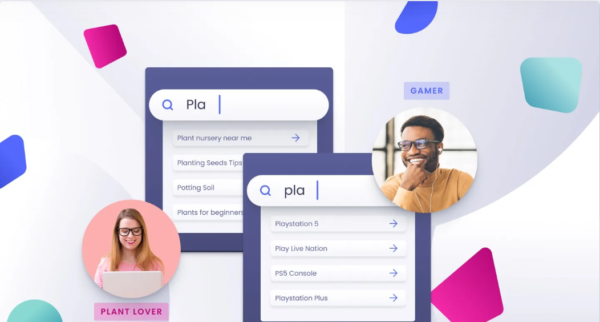
Benefits of Personalization for Retailers
Personalization has several benefits for retailers, including increased customer engagement, loyalty, and revenue. By providing a personalized experience, retailers can increase customer satisfaction and encourage repeat purchases. Personalization can also help retailers to differentiate themselves from competitors and build a loyal customer base. Personalization can also help retailers increase revenue by offering relevant products and promotions to customers.
E-commerce personalization is an essential aspect of online retail that enables retailers to tailor their offerings to individual customers. Retailers can use customer data to create a personalized experience that increases engagement, loyalty, and revenue.
Strategies for Personalization
Personalization is a powerful tool that can help you create a more engaging shopping experience for your customers. You can increase conversions, customer loyalty, and revenue by segmenting and targeting your audience, using personalization tools and software, and integrating personalization across channels.
Segmentation and Targeting
The first step in personalization is to segment and target your audience. This involves dividing your audience into groups based on shared characteristics such as demographics, behaviour, and interests. By doing so, you can create targeted marketing campaigns that speak directly to each group’s needs and interests.
One effective way to segment your audience is by using email marketing. By sending targeted emails to specific groups of customers, you can provide them with personalized offers, product recommendations, and content. You can also use customer relationship management (CRM) and marketing automation tools to segment and target your audience based on their behaviour and preferences.
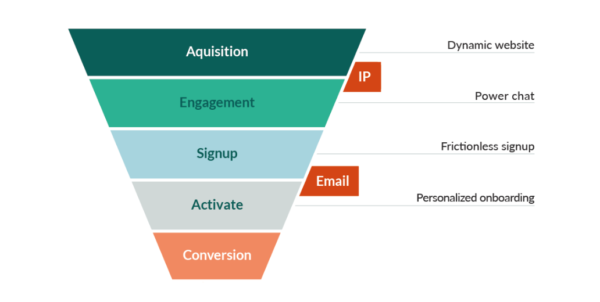
Personalization Tools and Software
There are many personalization tools and software available that can help you create a more engaging shopping experience for your customers. These tools can provide personalized product recommendations, targeted promotions, and customized content.
One popular tool for personalization is cross-selling. You can increase their likelihood of purchasing by suggesting related products to customers based on their browsing and purchase history. Other tools include product recommendation engines, dynamic pricing, and personalized landing pages.
Integrating Personalization Across Channels
To create a truly personalized shopping experience, it’s essential to integrate personalization across all channels. This means providing a consistent experience across your website, social media, email marketing, and other channels.
One way to do this is by using a centralized customer data platform to collect and analyze data from all channels. By doing so, you can create a unified customer profile that can be used to provide personalized content, recommendations, and promotions across all channels.
Personalization is a powerful strategy for increasing conversions, customer loyalty, and revenue. By segmenting and targeting your audience, using personalization tools and software, and integrating personalization across channels, you can create a more engaging shopping experience for your customers.
Optimizing Customer Journeys
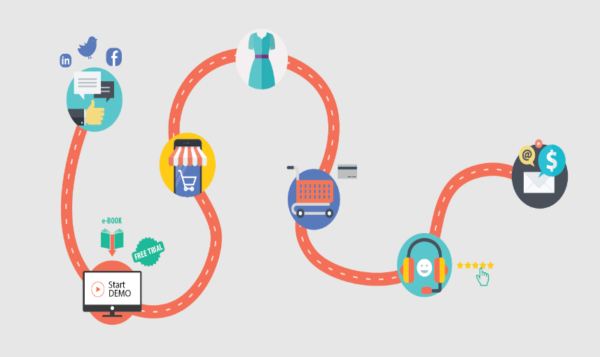
As an e-commerce business, optimizing customer journeys is crucial to increasing lifetime value. Personalized experiences are a great way to achieve this.
Mapping the Customer Journey
Mapping the customer journey is the first step towards optimizing it. It involves understanding the customer’s behaviour, preferences, and pain points and using that information to create a personalized experience. You can use tools like Google Analytics to track customer behaviour on your website. This will help you identify the critical touchpoints in the customer journey and areas that need improvement.
Reducing Cart Abandonment
Cart abandonment is a common problem in e-commerce. It occurs when customers add items to their cart but don’t complete the checkout process. You can offer personalized incentives such as discounts, free shipping, or a gift to reduce cart abandonment. You can also simplify the checkout process by reducing the number of steps or offering guest checkout.
Enhancing the Checkout Process
The checkout process is a critical part of the customer journey. It’s where the customer decides whether to complete the purchase or abandon their cart. To enhance checkout, you can offer personalized recommendations based on the customer’s purchase history or browsing behaviour. You can also provide multiple payment options to cater to different customer preferences.
In conclusion, optimizing customer journeys is essential for e-commerce businesses to increase customer lifetime value. Mapping the customer journey, reducing cart abandonment, and enhancing the checkout process are ways to achieve this. By offering personalized experiences, you can create a seamless shopping experience that keeps customers returning.
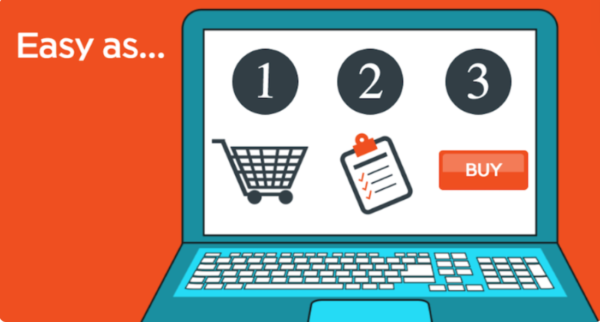
Metrics and Measurement
Personalization is only effective if you can measure its impact. Tracking the proper metrics is crucial to gauge the effectiveness of your e-commerce personalization strategy. Here are some key metrics to track:
Tracking Conversion Rates
Conversion rates are a crucial metric to track when implementing personalization strategies. You can track the conversion rates of personalized vs. non-personalized content to see the impact of your personalization efforts. Conversion rates can be tracked using website analytics tools such as Google Analytics. By tracking conversion rates, you can determine which types of personalized content are most effective in driving sales.
Assessing Customer Lifetime Value
Customer lifetime value (CLV) is a metric that measures the total revenue a customer will generate for your business over their lifetime. By assessing CLV, you can determine which customers are most valuable to your company and tailor your personalization efforts accordingly. You can use CLV to segment your customers and personalize your messaging and offers to each segment.
Using Analytics for Personalization
Analytics is a powerful tool for e-commerce personalization. You can identify patterns and trends that inform your personalization efforts by analyzing customer behaviour and preferences. For example, you can use analytics to determine which products are frequently purchased together and create personalized product bundles. You can also use analytics to identify which types of content are most engaging to your customers and personalize your content accordingly.
In summary, tracking the right metrics is crucial to gauge the effectiveness of your e-commerce personalization strategy. By tracking conversion rates, assessing customer lifetime value, and using analytics for personalization, you can tailor your messaging and offers to each customer and drive sales.
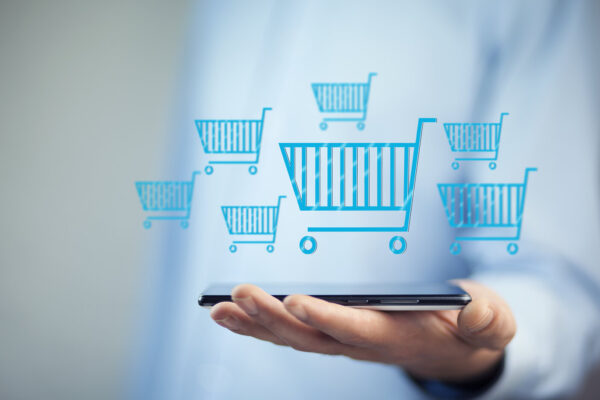
A businessman with a smartphone on the shopping cart
Challenges and Considerations
When it comes to e-commerce personalization, businesses must consider several challenges and considerations. In this section, we will discuss some of the most important ones.
Data Privacy and Security
One of the biggest concerns with e-commerce personalization is data privacy and security. As you collect more and more customer data, it becomes increasingly important to keep that data safe and secure. This is especially true in light of recent data breaches and privacy scandals.
Implementing solid data privacy and security policies to address these concerns is essential. This includes using encryption and other security measures to protect customer data and being transparent about how you collect store, and use that data.
Balancing Personalization and User Experience
Another challenge with e-commerce personalization is finding the right balance between personalization and user experience. While personalization can be a powerful tool for improving customer loyalty and increasing sales, it can also be overwhelming or annoying if done incorrectly.
To strike the right balance, personalization should enhance the user experience rather than detract from it. This means personalizing content and recommendations in a relevant and helpful way to the customer without being intrusive or overwhelming.

Staying Ahead of the Competition
Finally, one of the biggest challenges with e-commerce personalization is staying ahead of the competition. As more and more businesses adopt personalization strategies, it becomes increasingly important to differentiate yourself and offer a unique value proposition to your customers.
It’s important to continually innovate and experiment with new personalization strategies to stay ahead of the competition. This includes leveraging new technologies and data sources, keeping a close eye on what your competitors are doing, and finding ways to differentiate yourself.
Overall, e-commerce personalization can be a powerful tool for improving customer loyalty and increasing sales. However, it’s essential to consider these challenges and considerations to ensure that your personalization strategy is effective and sustainable in the long term.







